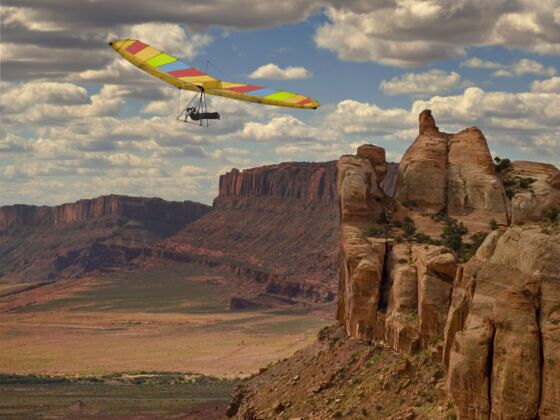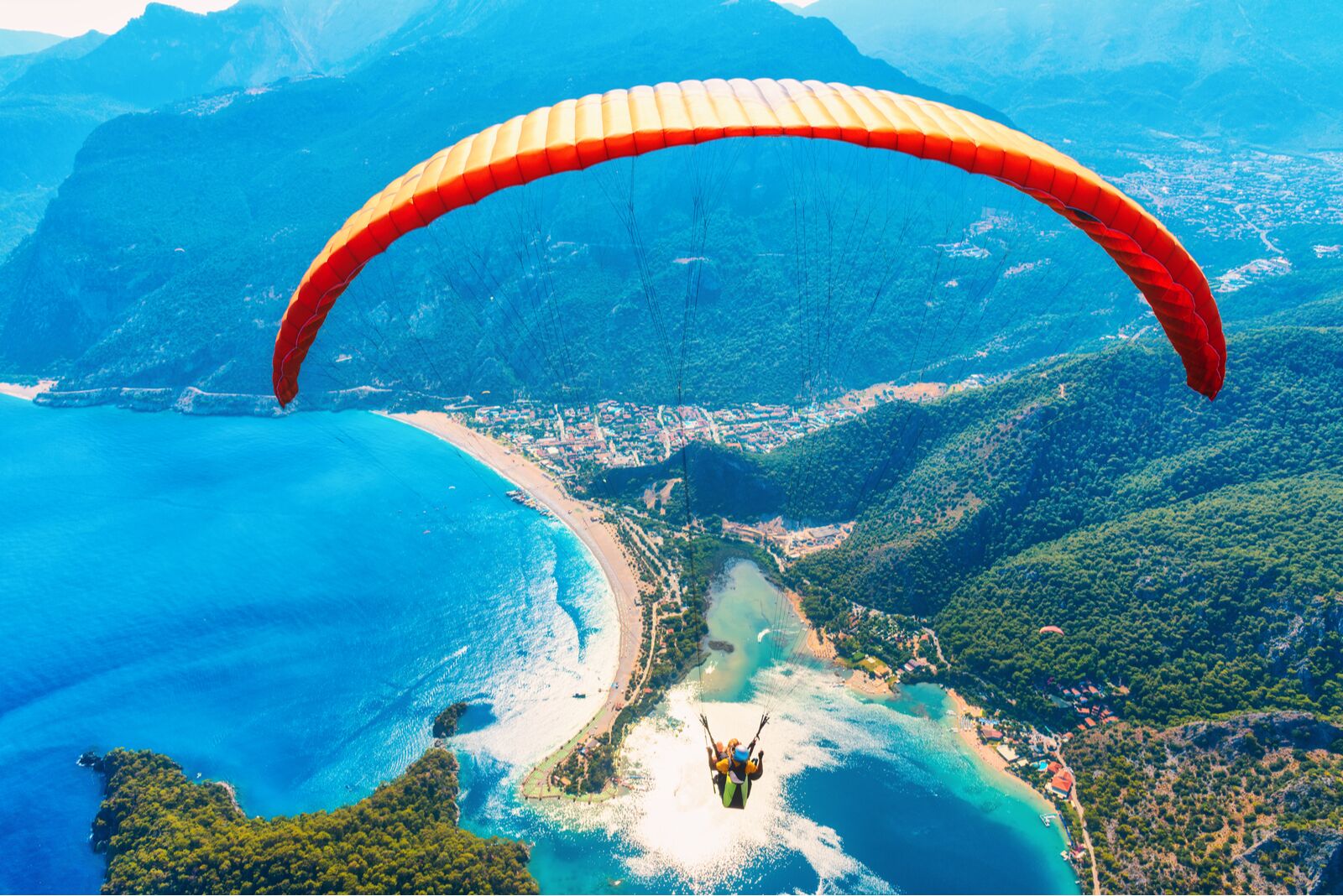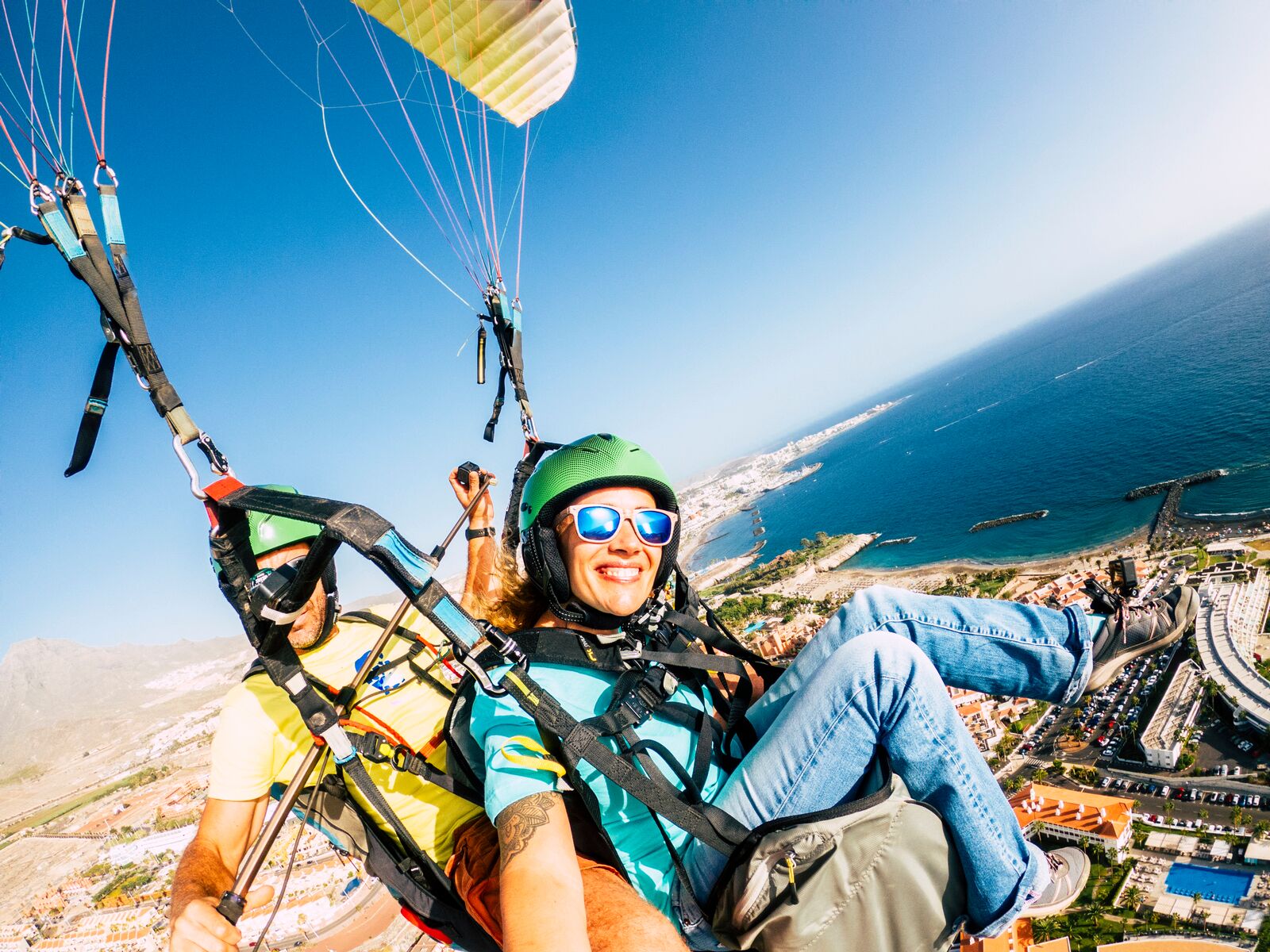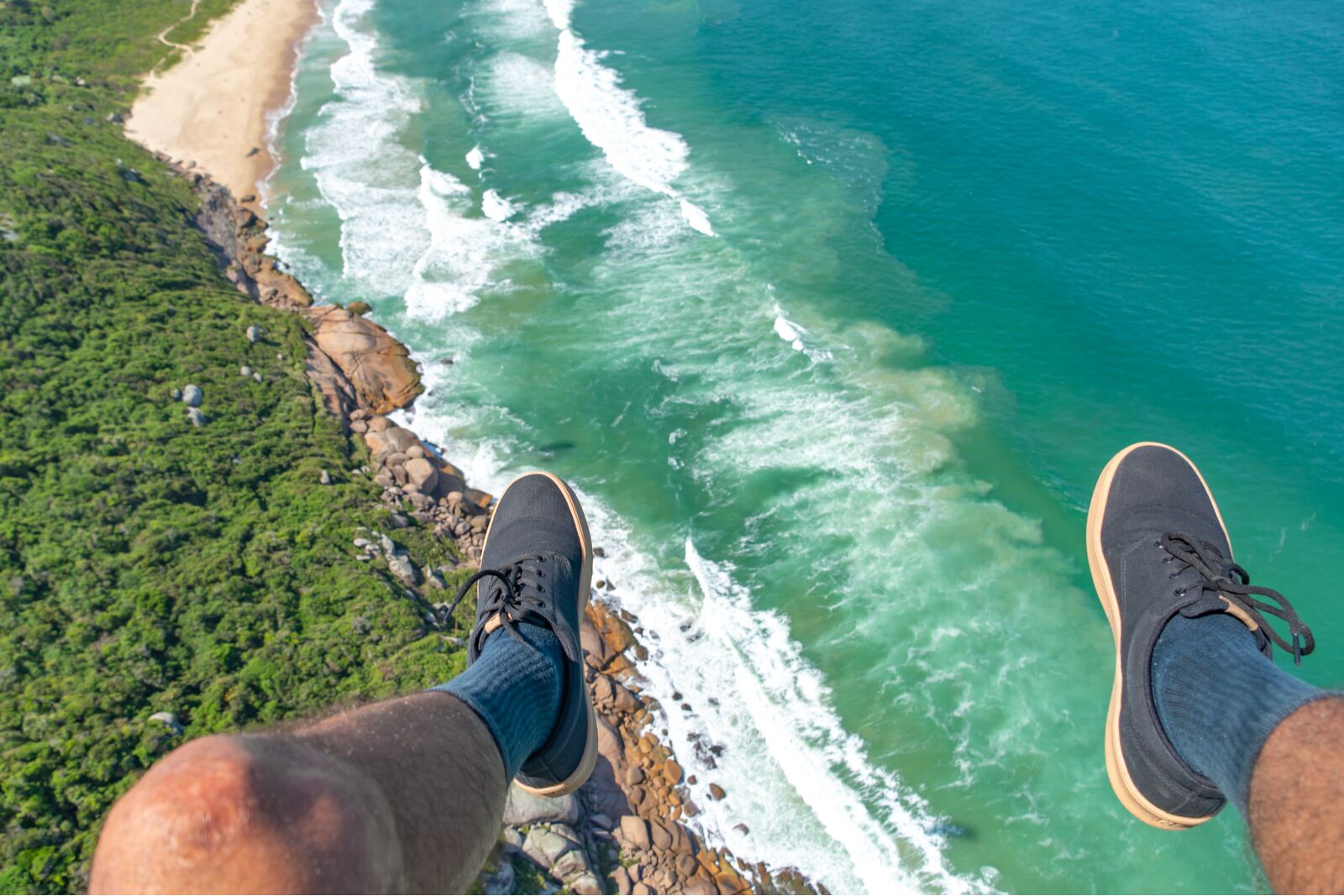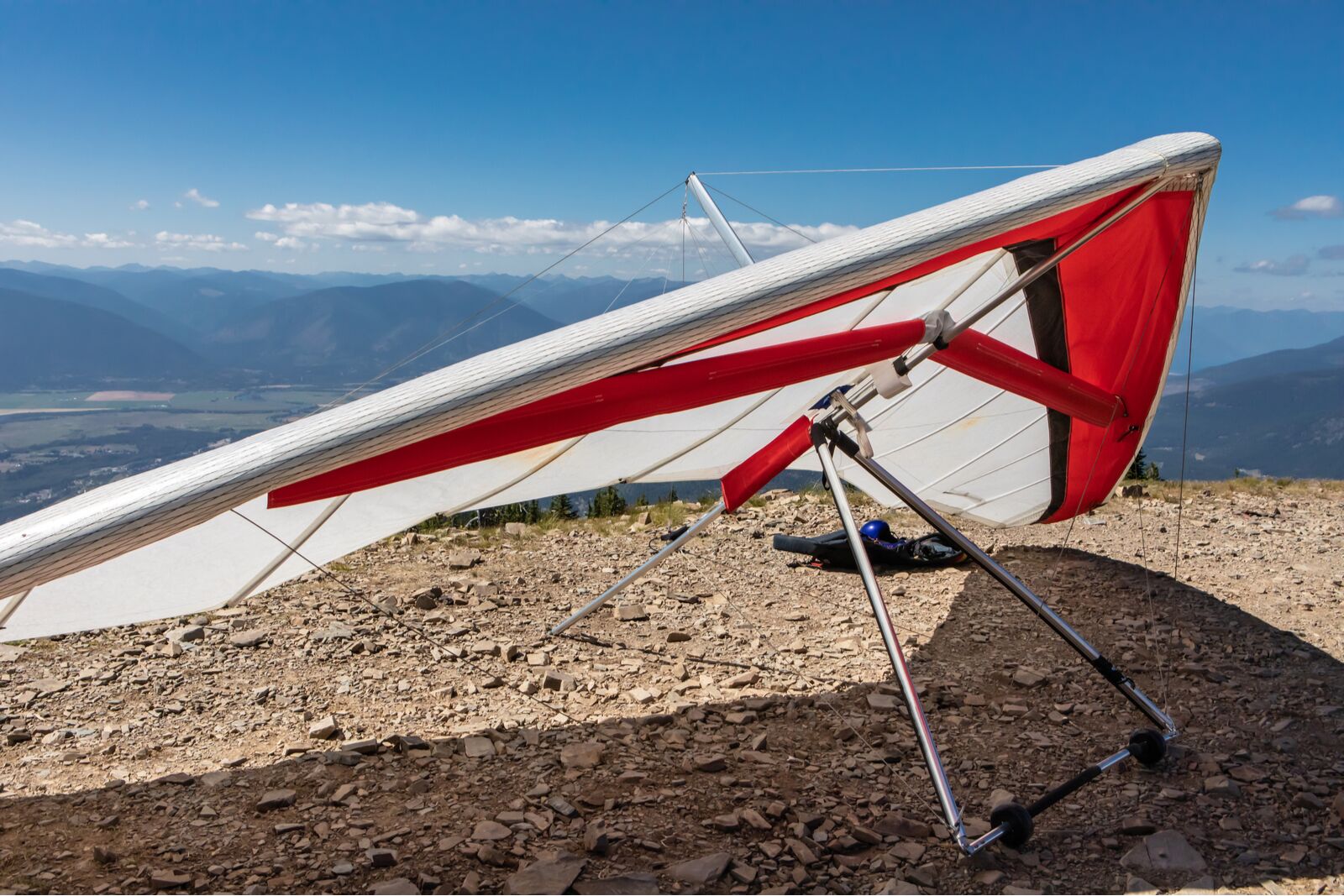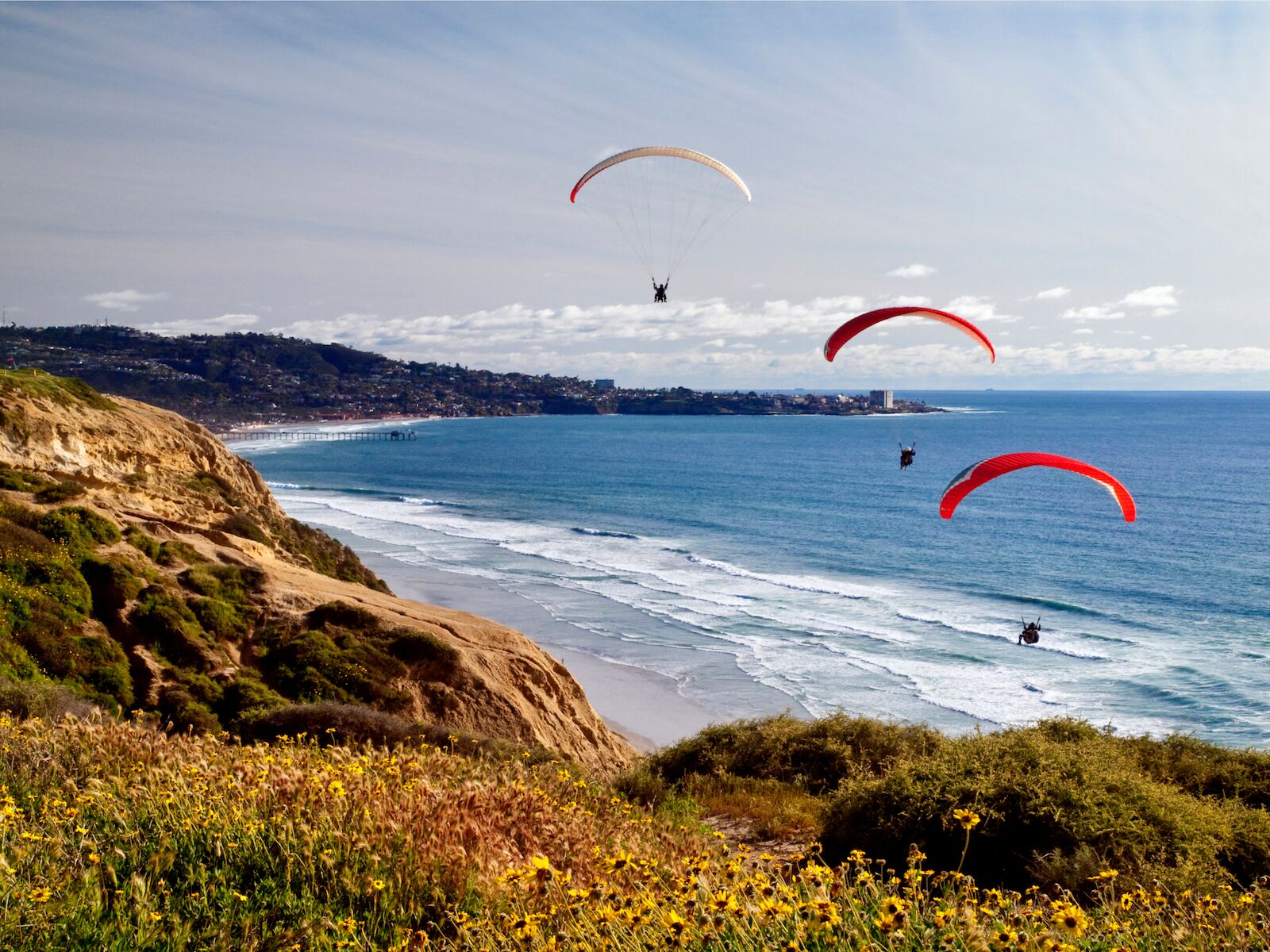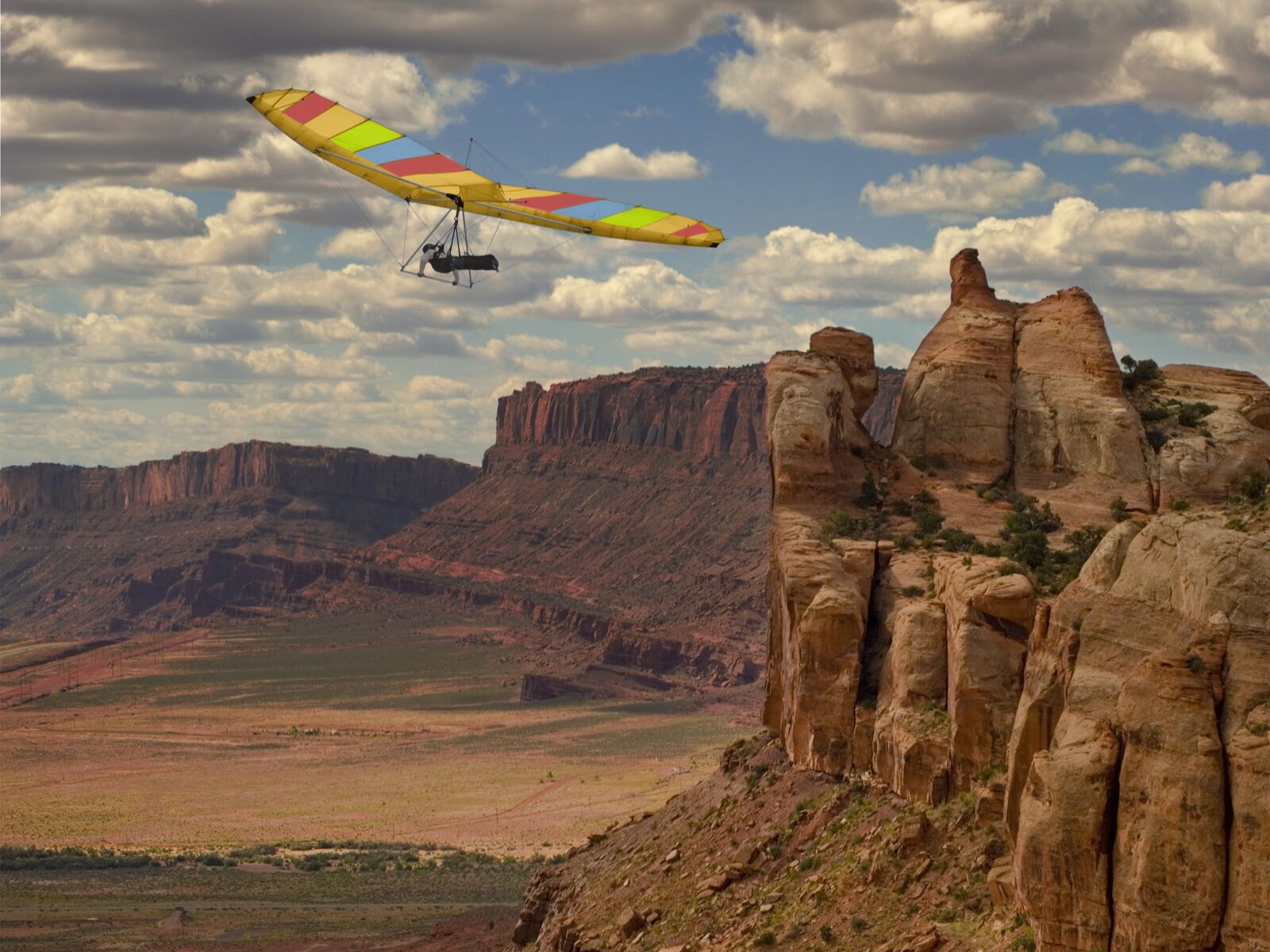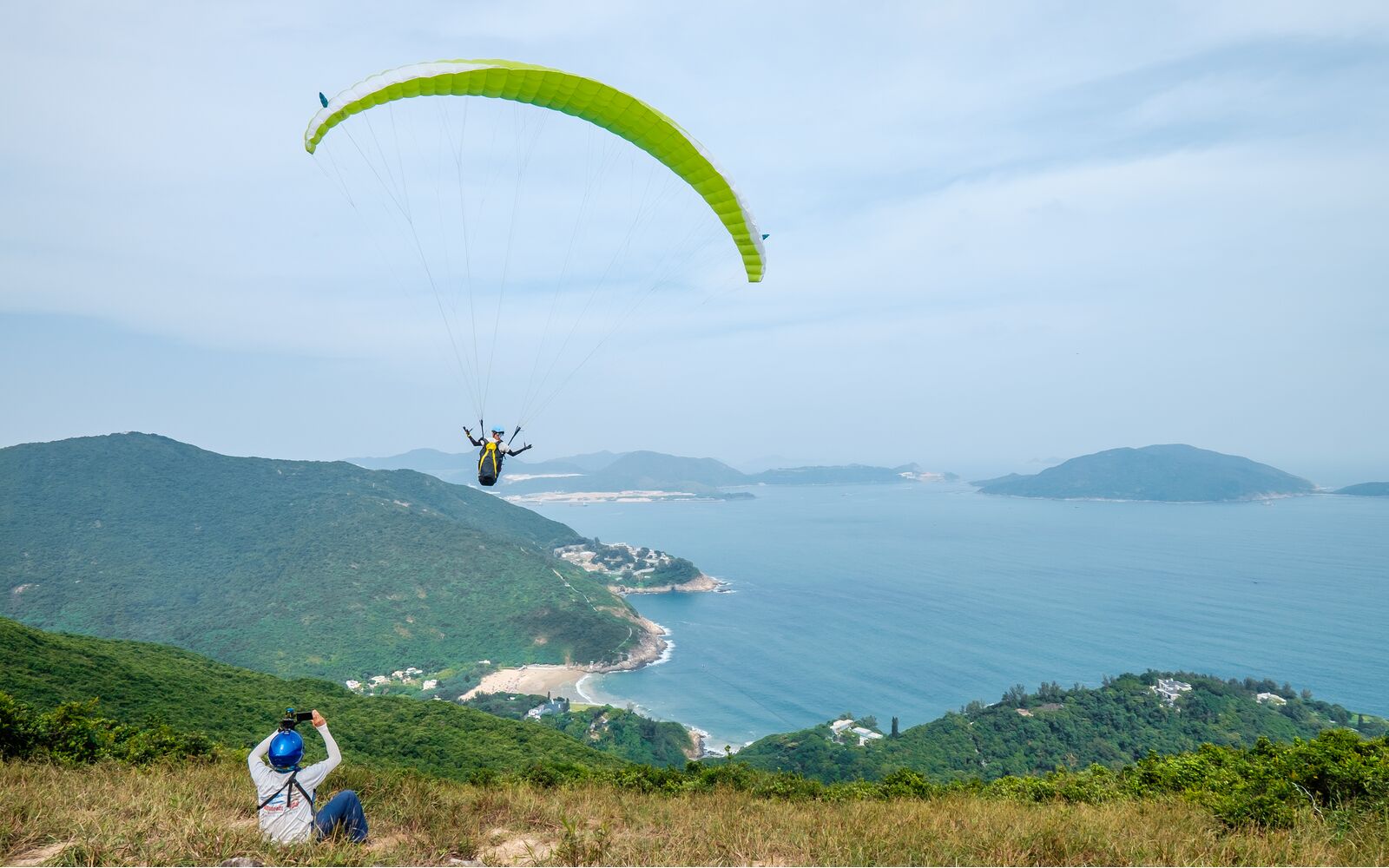If you’re willing to take a leap of faith, the sky can be your playground.
Though being able to safely fly on columns of rising and falling air may seem a bit crazy, it’s safer than you’d think. All you need is a large, lightweight, and highly maneuverable wing, and you can learn to gain and lose altitude as you soar, swoop and bring out your inner eagle. That’s the beauty of hang gliding. Or is it parasailing? Or paragliding?
Assuming you’re willing to run into the void off a high platform or cliff, you can try hang gliding or paragliding. And an encouraging instructor (who will likely be your tandem partner) is worth their weight in gold if they help you build up the courage to leap. (Okay – maybe worth their weight in feathers.) And parasailing is even easier.
But which is which, between hang gliding vs. parasailing vs. paragliding? And which is better? Well, that’s all down to personal preference since both have pluses and misuses. Here are the differences between the three sports, along with how to pick one and where to travel to try them.
